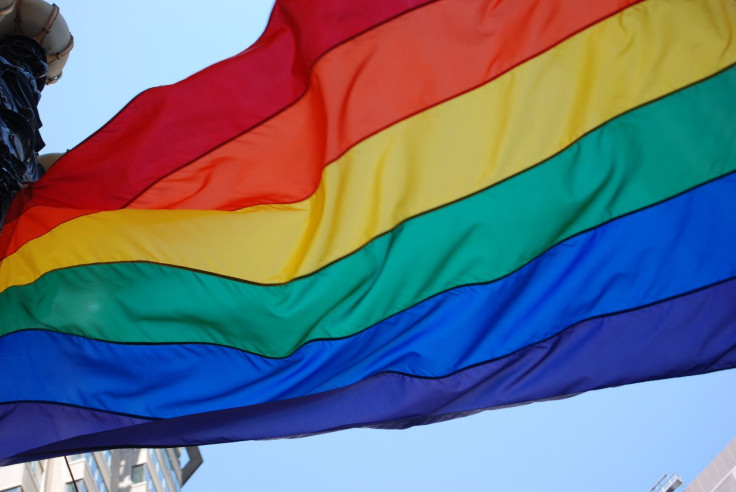HIV Testing: Transgender Study Shows Groups That Test Most For STD

Transgender women may test themselves for HIV three times as often as transgender men, according to recent research that also finds a difference in testing for the sexually transmitted disease across races.
The University at Buffalo reported that transgender subjects in a study who identified themselves as female, black or Hispanic tested themselves for HIV more often than their counterparts, males and whites. But it wasn’t just the race and gender of the people that played a role in their testing frequency — their history of being incarcerated, working in the sex industry and having stable housing arrangements were also factors.
For their study in the journal Transgender Health, researchers used data from surveys in the New York State AIDS Institute Reporting System that includes information collected about HIV risk and medical care, and interviewed 27 transgender men and women on the subject. Of those interviewees, 23 were women and more than half the total had previously been incarcerated or were sex workers, according to the university.
Most of them did not have health insurance and had histories of drug abuse, which, like sex work and otherwise potentially unsafe sexual encounters, is another lifestyle that comes with a higher risk of HIV transmission.
The research, which took place in the western part of New York state, was geared toward finding patterns of HIV testing in transgender people living in the urban areas. According to the university, it was not so much about identifying who is more likely to get tested as it was about identifying those who were not. Based on that information, health officials can target specific groups within this branch of the LGBTQ community when promoting HIV testing.
“Knowing specific attributes and characteristics linked to testing will assist in better targeting of this often hidden population,” researcher Adrian Juarez said in the university statement.
The transgender women interviewed were tested for HIV three times more often than the men; black and Hispanic respondents got tested more than twice as often as whites; and people with stable housing had more than twice the number of tests as homeless participants or those who lived at drug treatment facilities.
“As some of our participants have had an HIV test and already knew their status, it is unknown why they sought out additional HIV testing,” the study explains. “Additional research on why repeat HIV testing after a positive test notification occurs is needed and may hold key information regarding motivators to testing in hard-to-reach populations. Knowing one’s HIV status is a foundational step of current treatment as a part of a prevention strategy.”
Although the gaps in testing were not as great for other groups, the transgender people who had only male sex partners, were once incarcerated or had done sex work all tested more often than others.
“Self-perceived HIV risk is a huge motivator for some to seek out an HIV test, which in turn may be the factor as to why trans individuals with only male sex partners and sex workers tested more frequently,” according to Juarez. And former inmates may have gotten more tests “because of testing availability in an incarcerated setting with an inmate clinic.”
Subjects in support groups were also more likely to have been tested for HIV more frequently.
“One item that we feel is missing from current evidence but may increase HIV testing is the use of support groups as a strategy to access hard-to-reach populations,” the study says. “Bringing the HIV test to the individual is not difficult as many outreach programs are already conducting the tests in environments such as mobile HIV testing in entertainment venues and health fairs.”
Published by Medicaldaily.com



























